Neuchâtel is a city west of Bern on the shores of the lake of the same name, which boasts not only a thousand-year history, Louis XVI-style architecture but also beautiful monuments from the Belle Époque period. It also adds to the charm that many of these magnificent buildings are built of local yellow sandstone, which gives Neuchâtel a touch of difference from other Swiss cities (such as the aforementioned Bern, so we don’t have to go far for example). One of the biggest attractions of the city is certainly its location on the shores of the lake with views far into the Alps, but also the local landmarks – the Collégiale church and the castle on the hill above the lake.
Getting there
By car: It takes 45 minutes from Bern to Neuchâtel. Take the A1 motorway in the direction of Neuchâtel, then take exit 29 Murten/Fribourg/Neuchâtel. There are several parking houses in the city center. We parked in the Parking du Port. Parking for 3 hours cost 6 francs.
By train: There is a direct S5 line from Bern to Neuchâtel. The journey takes 34 minutes. The train station is located above the city, it is about 12 minutes walk to the center.
Belle Époque in the city
Let me begin with a brief historical note: Belle Époque (translated as Beautiful Times, Beautiful Epoch) is a connection marking the period of European history between 1890 and the outbreak of the First World War in 1914. It was a period of technological and scientific progress, economic success, peace in political relations, the flourishing of culture in France, Great Britain, or Austria-Hungary. It was a time when cultural life reached an unprecedented level – Art Nouveau, Impressionism, and modernism reign in art, and it was in to meet in cafes on wide boulevards, attend cabaret shows or go to soothe your nerves in seaside spas.
At the beginning of the 20th century, Neuchâtel also experienced the “beautiful times” associated with the development of the city. In the city itself, you can take a walking tour inspired by these golden years of “Neuchâtel in the Belle Époque”, when you go back in time and discover how people lived in Neuchâtel a hundred years ago. We discovered these elements in the city ourselves, but in the tourist office you can also arrange a guided tour take part in a scavenger hunt: you will perform various tasks, look for murals and decorative elements inspired by the Belle Époque. More information can be found here.
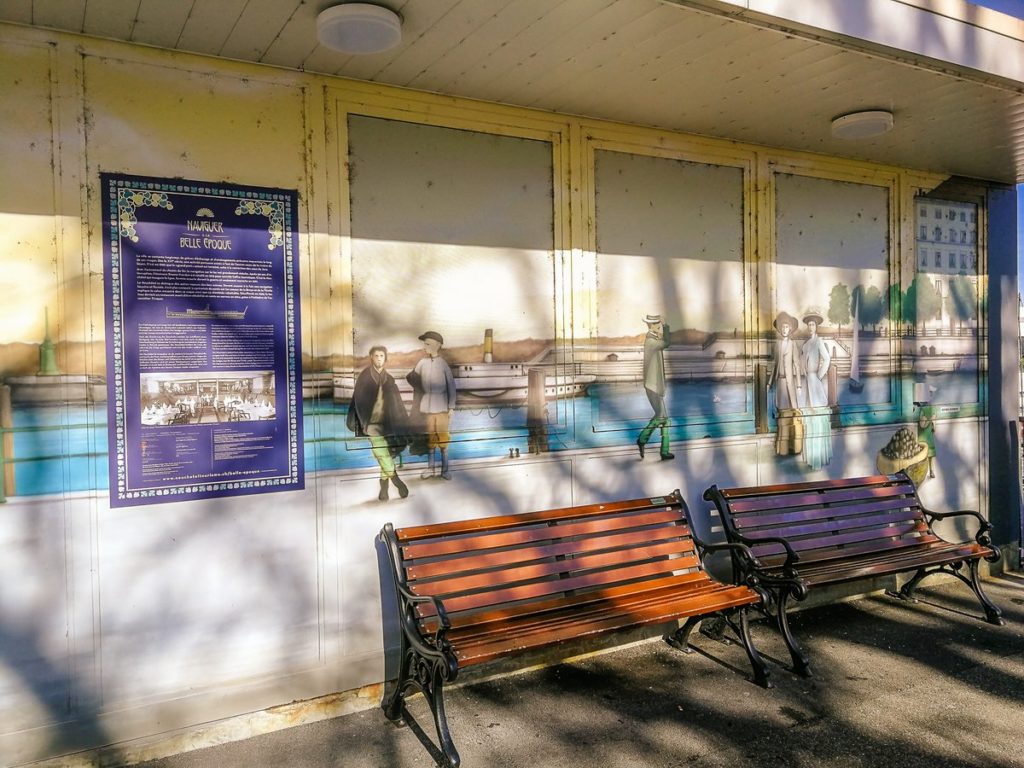
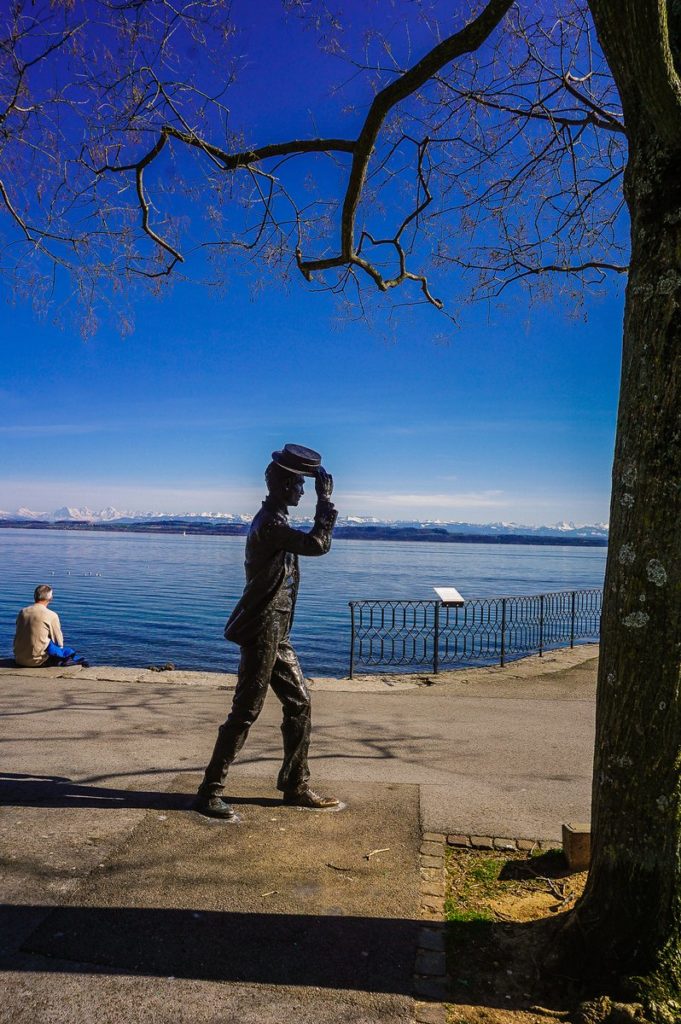
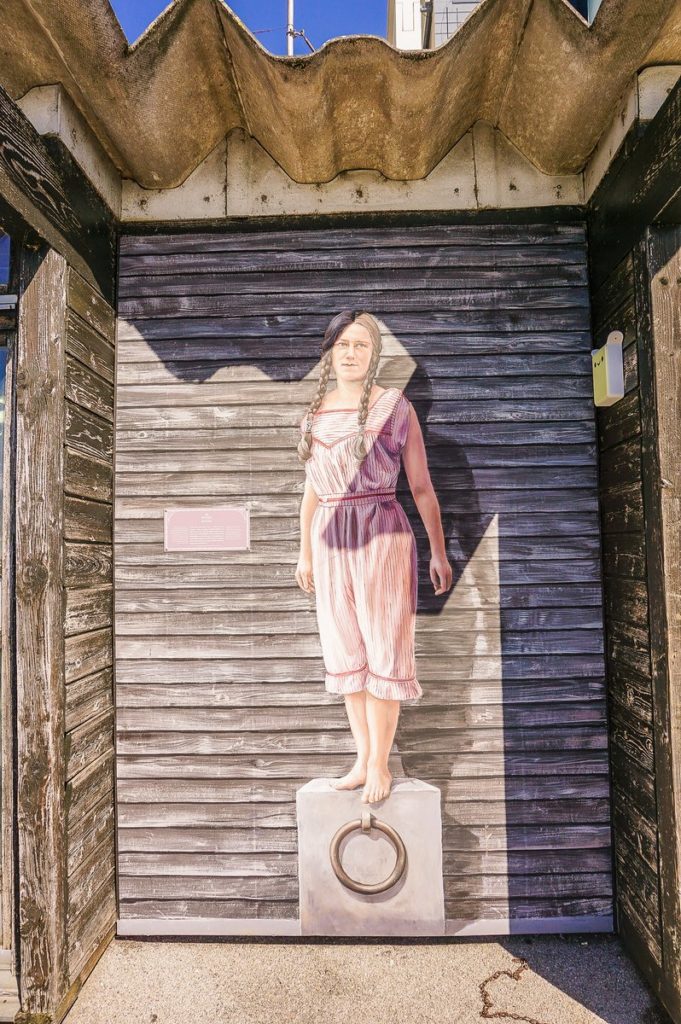
the first person to swim across the lake
City tour
We started our tour of the city right in the port, the arrival point of boats navigating all three lakes – not only Lake Neuchâtel but also Lake Biel and Lake Murten – yes, I forgot to mention that the whole area is called Jura 3 Lakes (3 Lacs in French/3 Seenland in German) because of these lakes, which are in close proximity.
Then we went to a nearby tourist office (which is located in the main post office building on Place du Port). Although it is closed on Sundays in the low season, you will find maps and guides stands in front of the office. In one of them, there was a beautifully marked route through landmarks of the city, so we did not hesitate and followed this route.
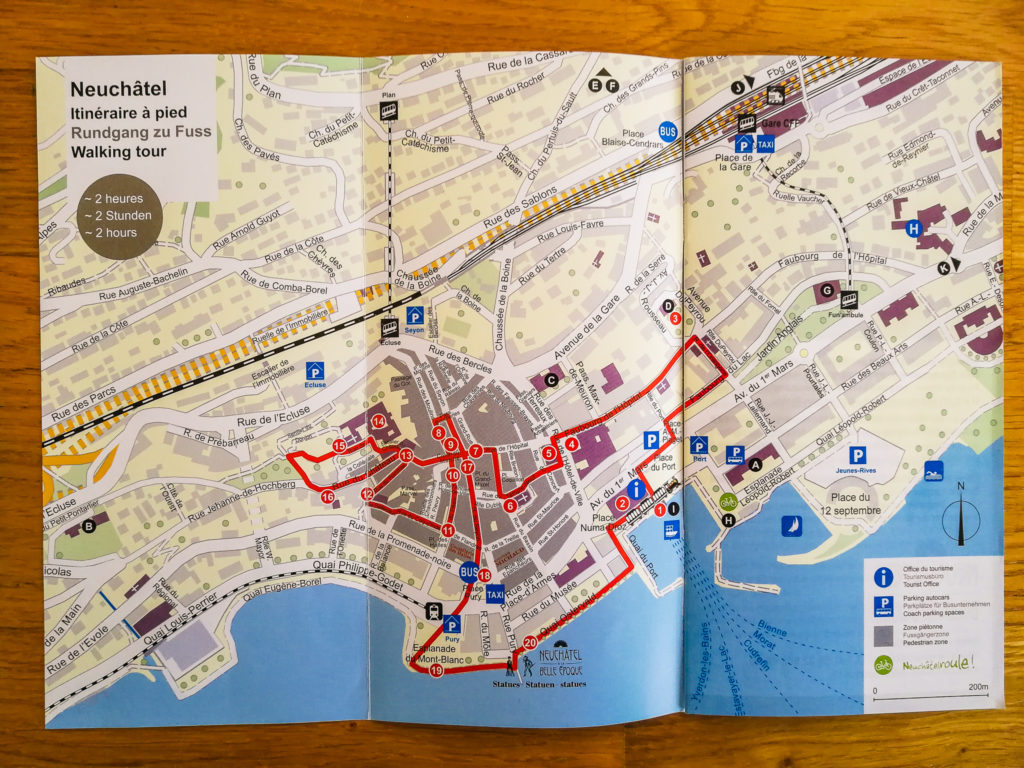
Our steps then followed Fabourg du Lac and Rue de l’Orangerie to the Palais du Peyrou, a magnificent Louis XVI-style residence surrounded by French-style gardens. The palace was built between 1765 and 1770 for Pierre-Alexandre DuPeyrou who was a close friend of Jean-Jacques Rousseau’s, and after the writer’s death, had the first complete edition of his work published in Geneva in 1788.
What looks like a tangled knot with numbers 7 – 11 on the map is basically a tangle of streets running out of the Croix-du-Marché. But we were attracted by the interesting street Rue de Chavannes (when you turn right at the fountain La Fontaine de la Justice from the 16th century). The children enjoyed running it up and then down.
The aforementioned Croix-du-Marché would have an even more wonderful atmosphere if restaurants were opened – at the time of our visit were the tables and chairs crouching sadly in the corners of the square.
Passing the clock tower of the Tour de Diesse, which was built in the 10th century as part of the fortifications, we went up the stairs to the castle. But before that we glanced at Fontaine du Griffon. It is said that in 1668, during the visit of the Duke Charles-Paris d’Orléans and his brother, wine flowed from it instead of water during the festivities.
If you take a tour of the city with a stroller, you can turn left onto Rue du Château and avoid the stairs.
Castle
The castle, which dates back to the 12th century, is one of the highlights of the city walk. From a walk along the fortifications leading around the foot of the outer walls, you will get a good overview of how massive the castle is.
Collégiale Church
A walk along the walls “spat out” us at the Collégiale church, which is a textbook example of early Gothic architecture (believe me, I graduated from art history 🙂). It was consecrated as a Catholic church in 1276, but then the Reformation came and is now part of a Protestant parish.
Then we continued back towards the lake, with a short stop on the Place de Halles, which is decorated with architecture from the time of Louis XIV. (and I just had to have a photo of Maison des Halles). We enjoyed the Mediterranean atmosphere at Quai Ostervald and headed home with the idea that we would definitely return here any time soon.
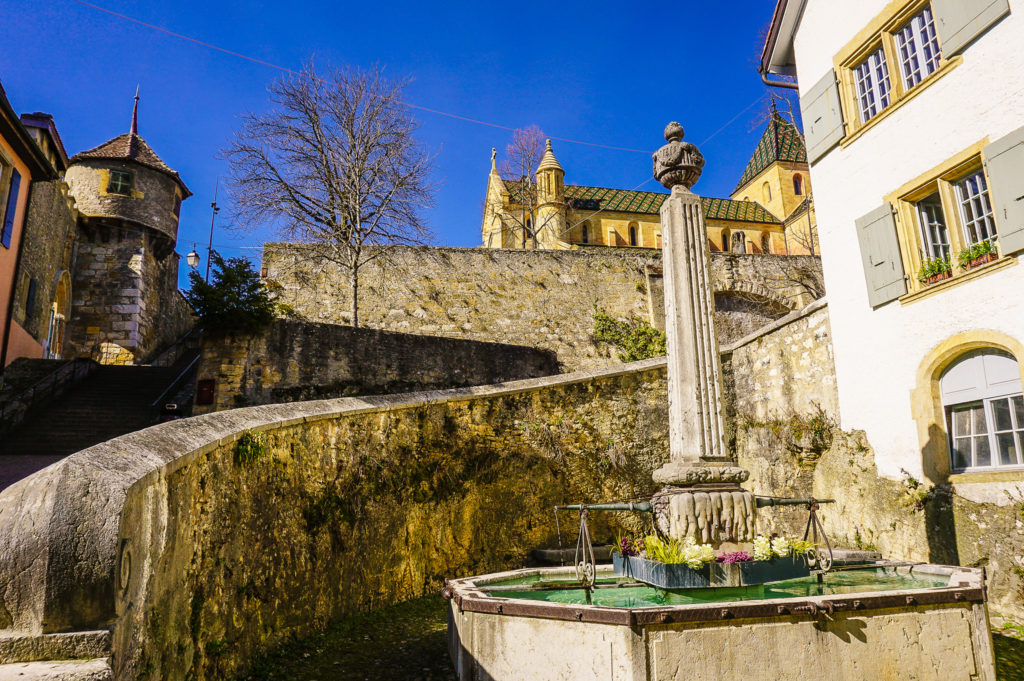
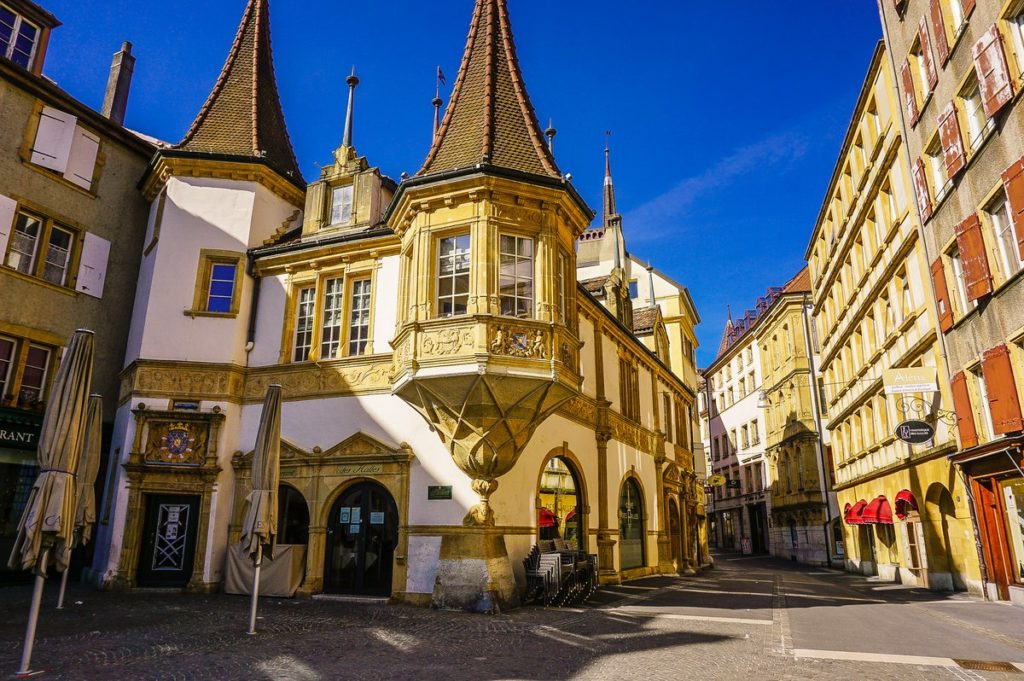
Maison des Halles 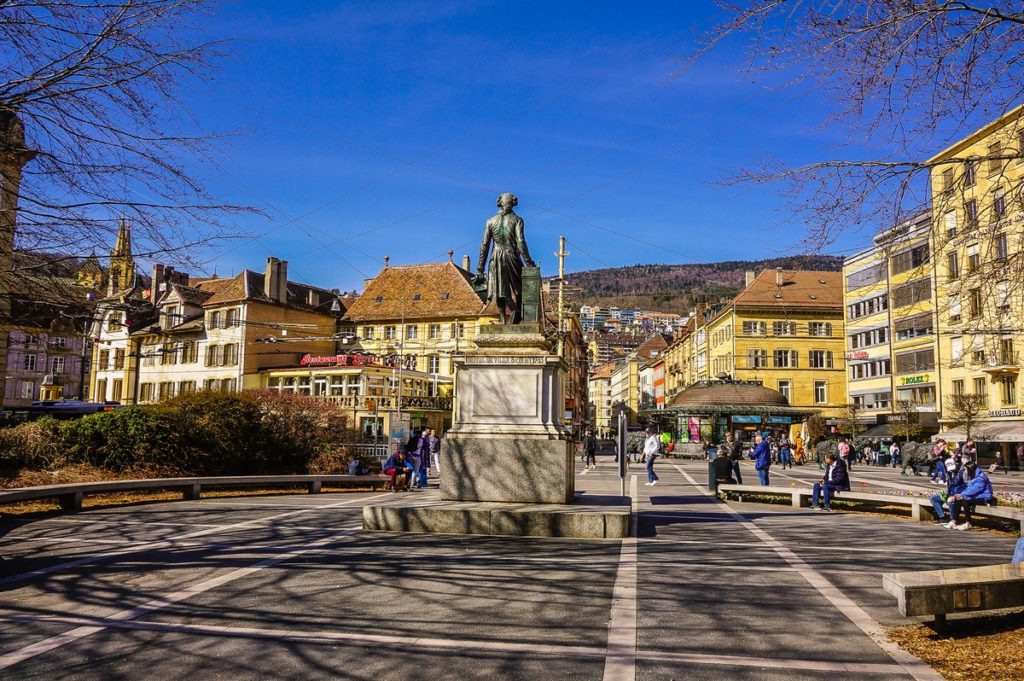
Place Pury 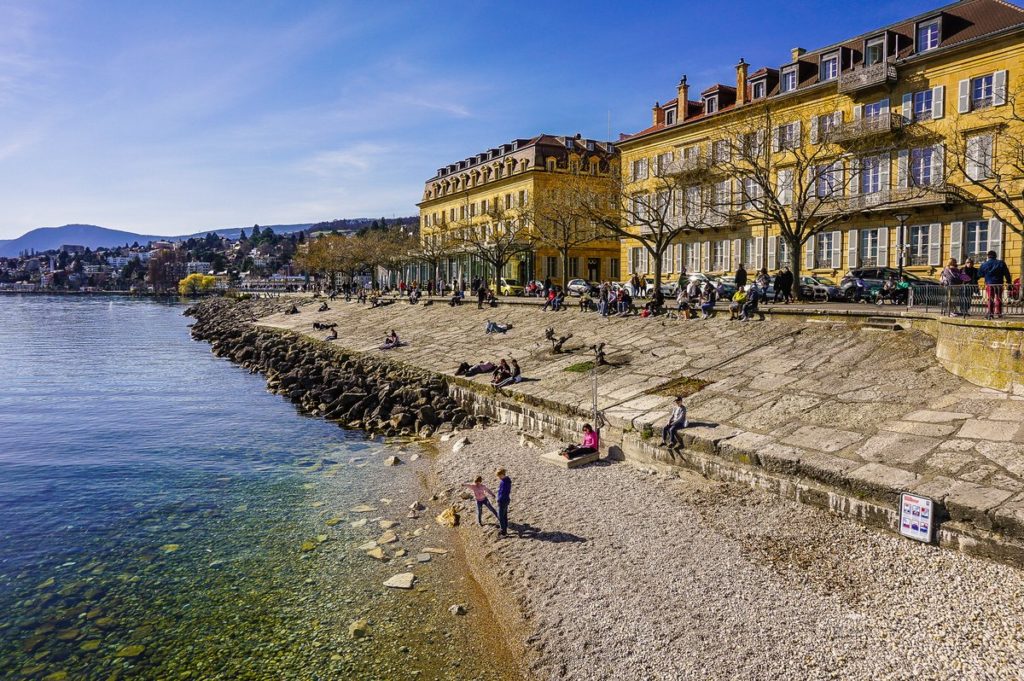
Quai Ostervald 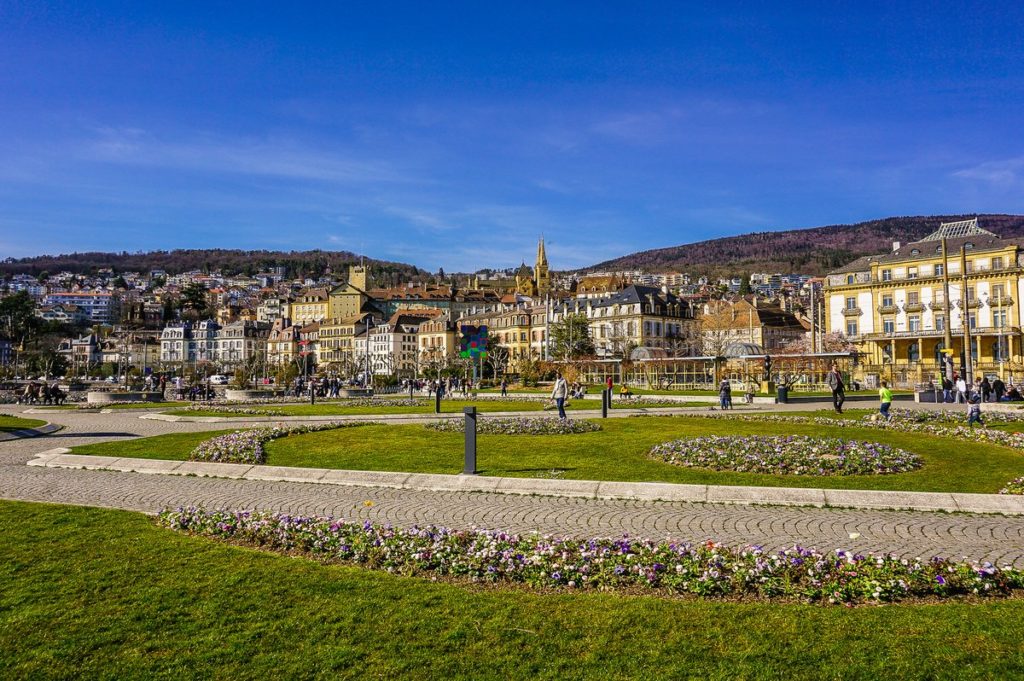
You may also be interested in
3 years ago we visited the unique Laténium Museum – the largest archaeological museum in Switzerland, which presents more than 50,000 years of regional history in its exhibits. The main focus of the museum and the archeological park is devoted to finds from the La Tène period.
Laténium: A journey back to the Iron Age




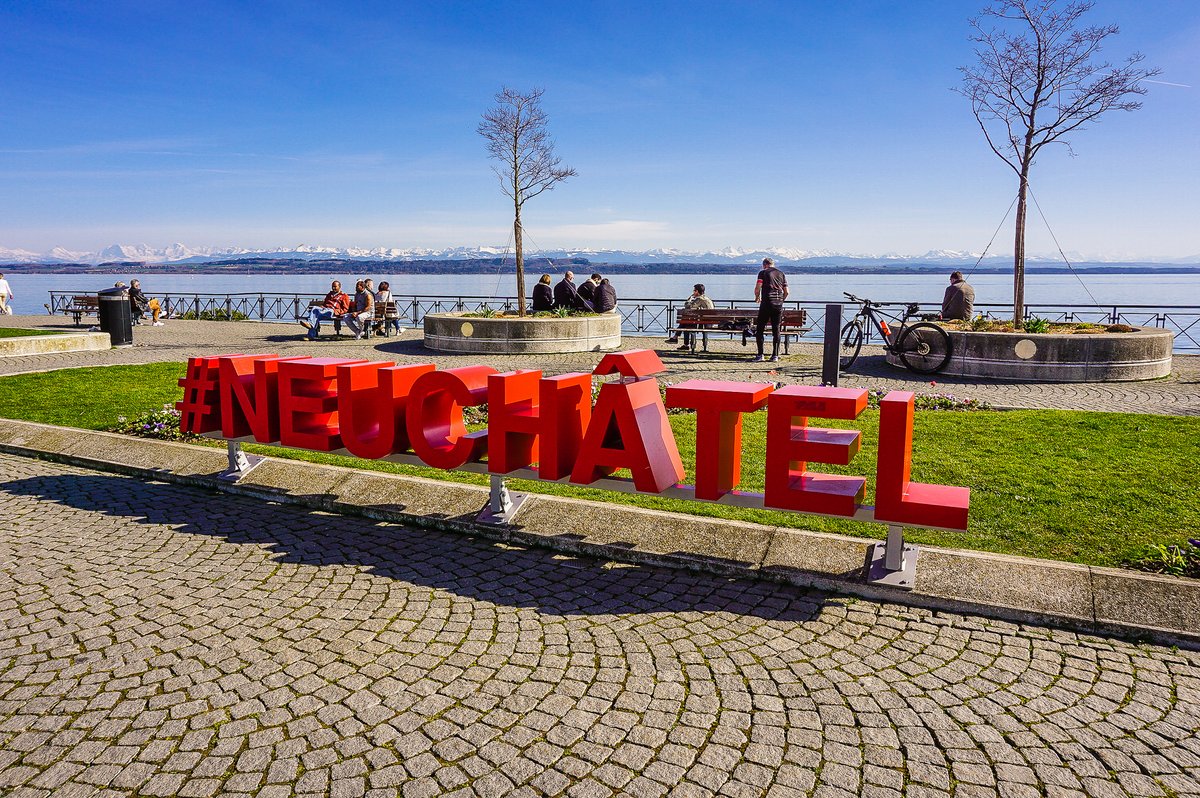
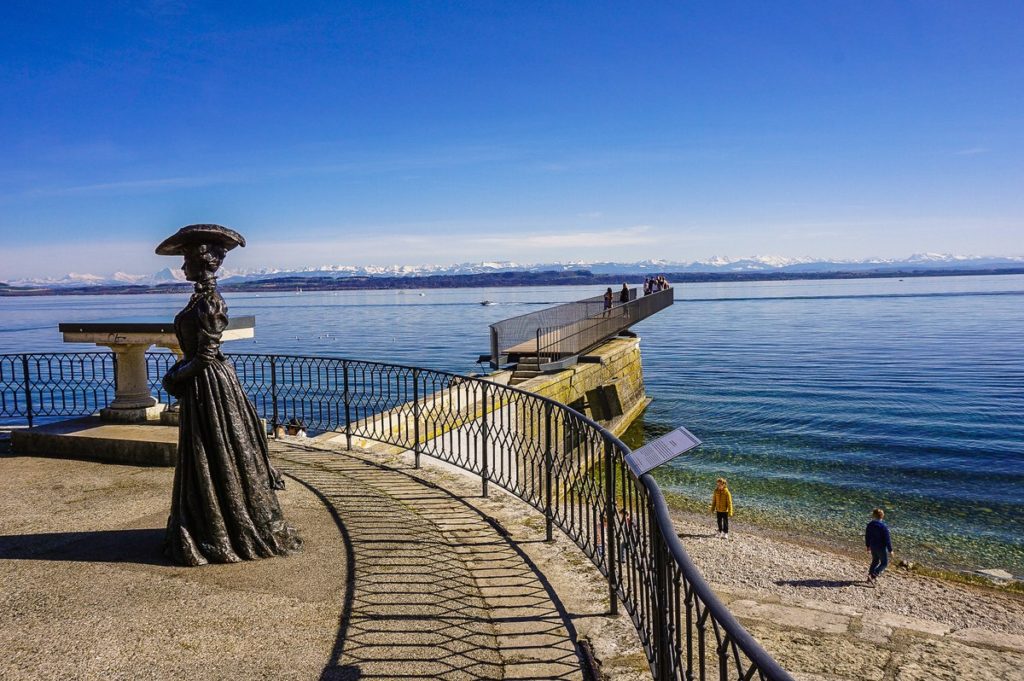
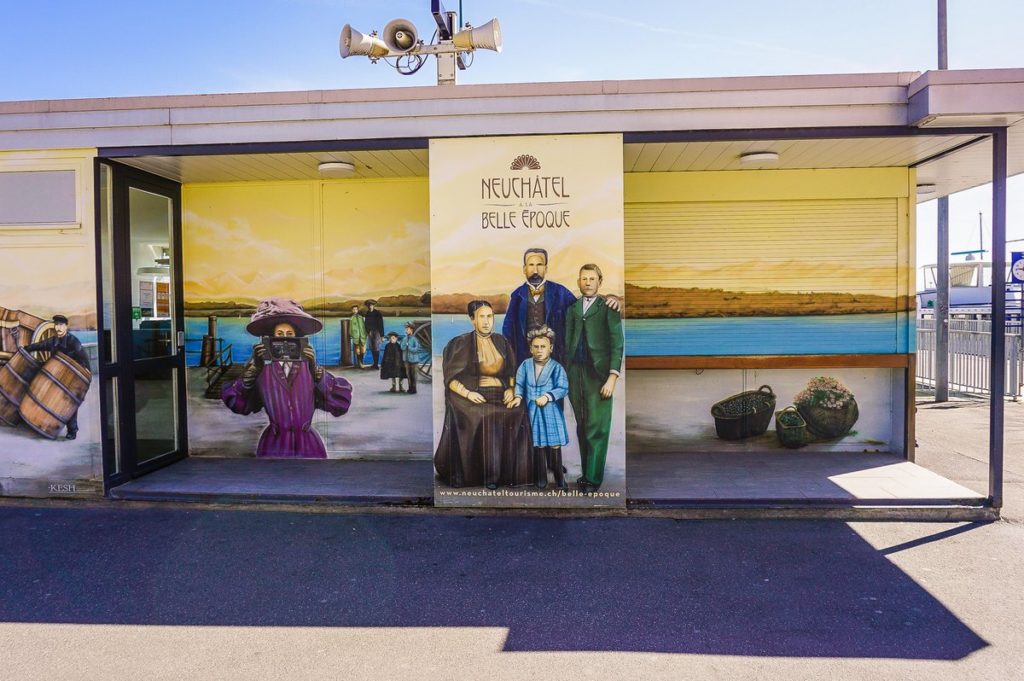
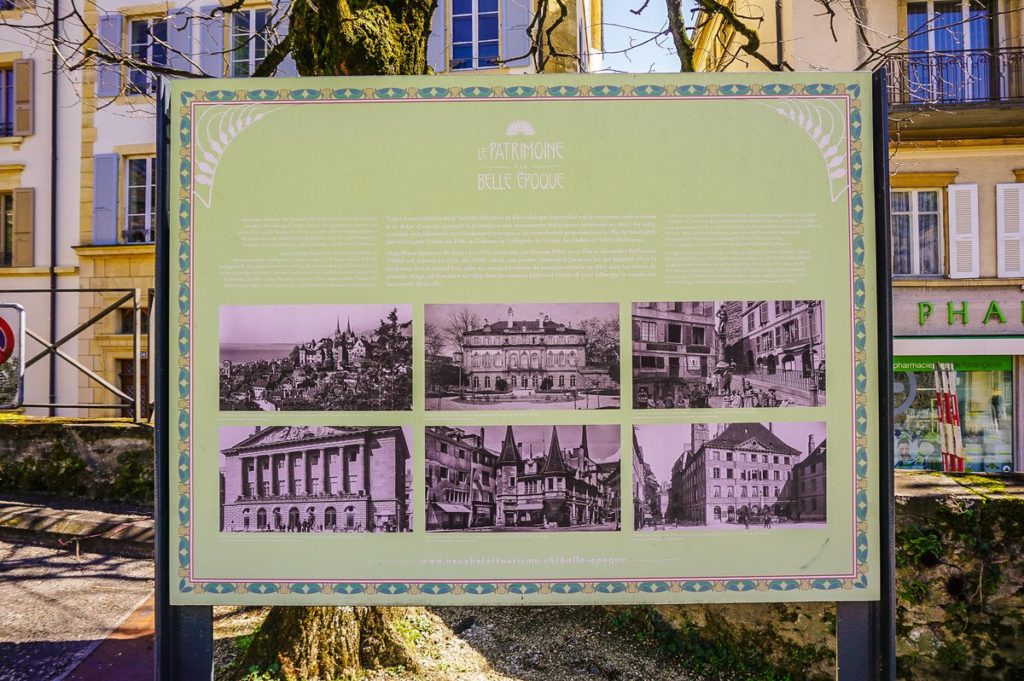
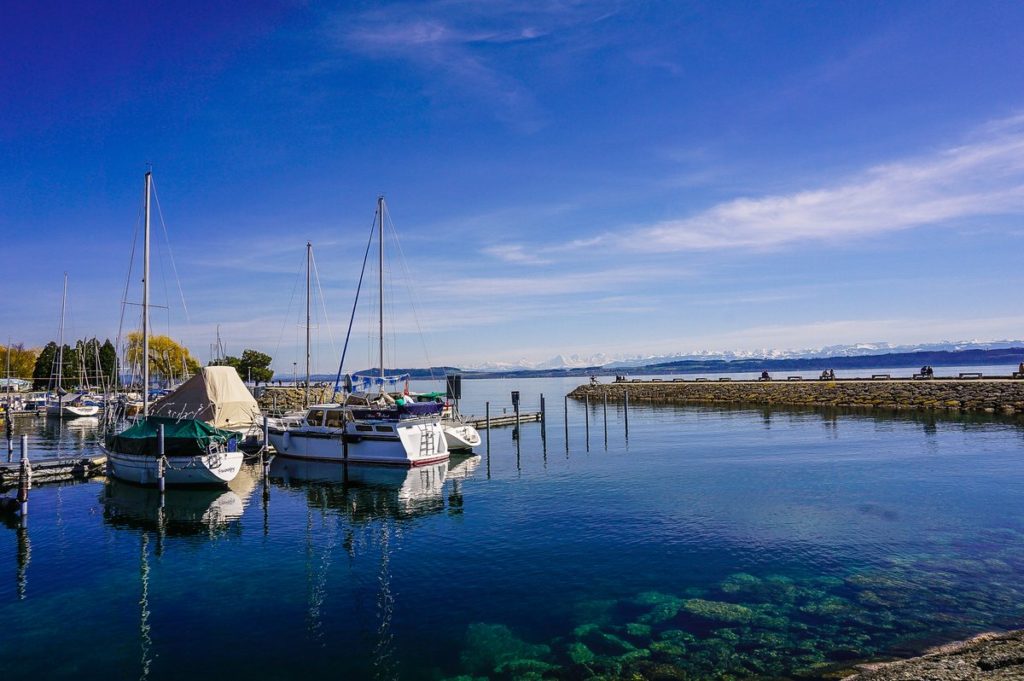
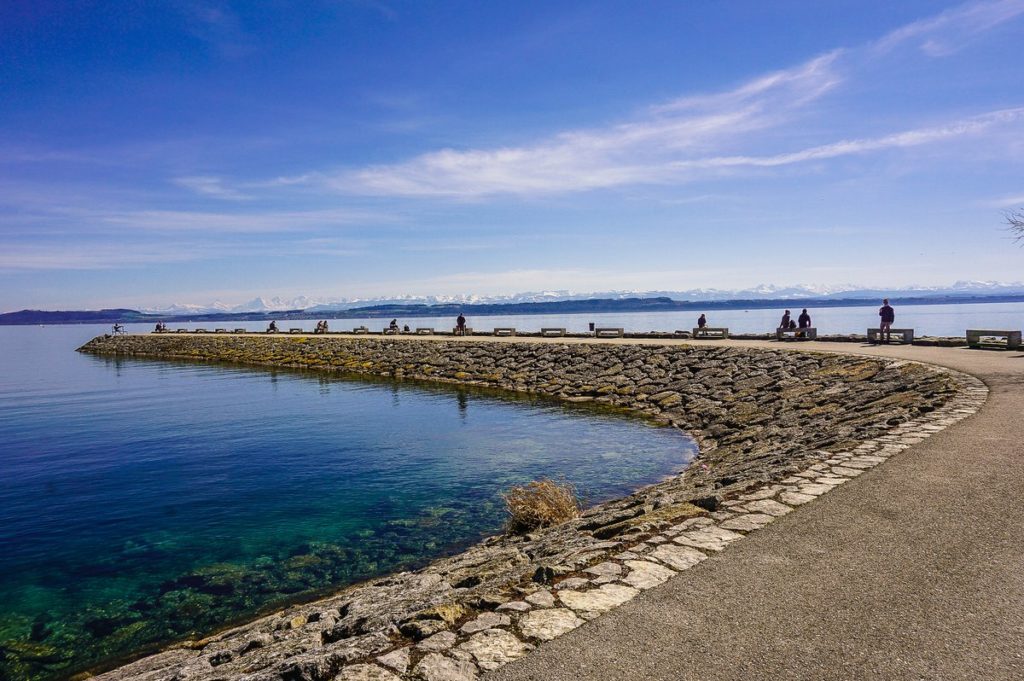
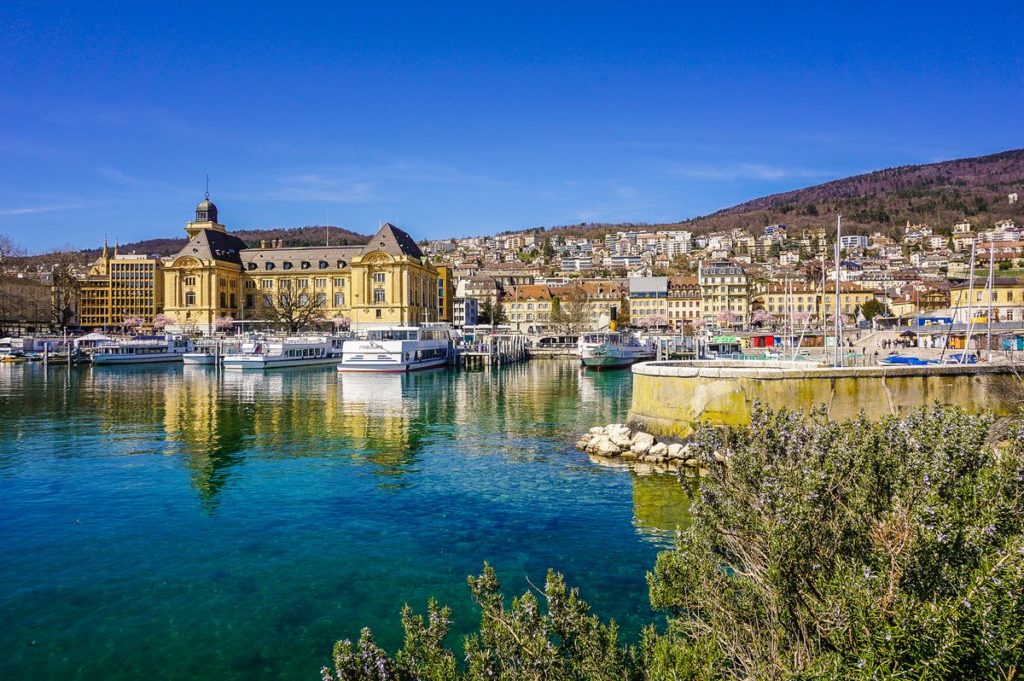
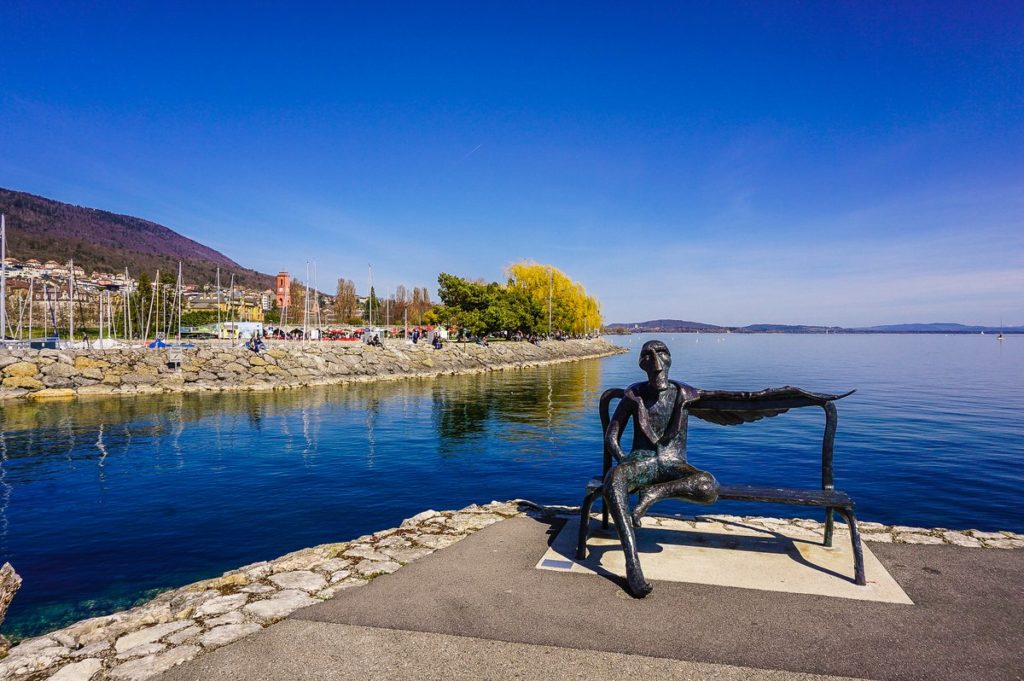
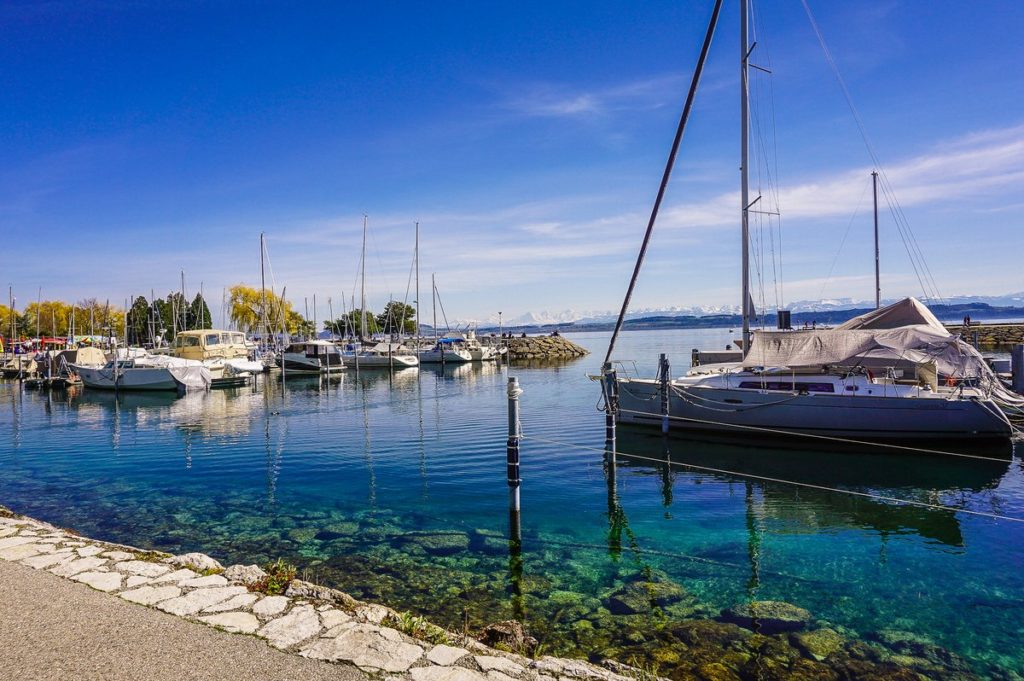
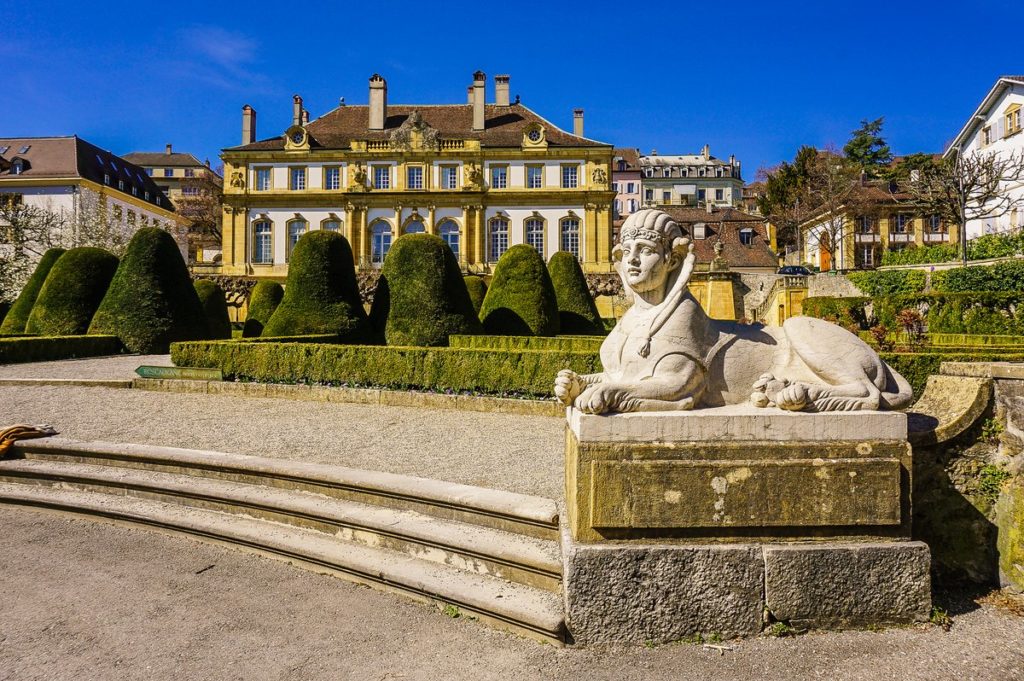
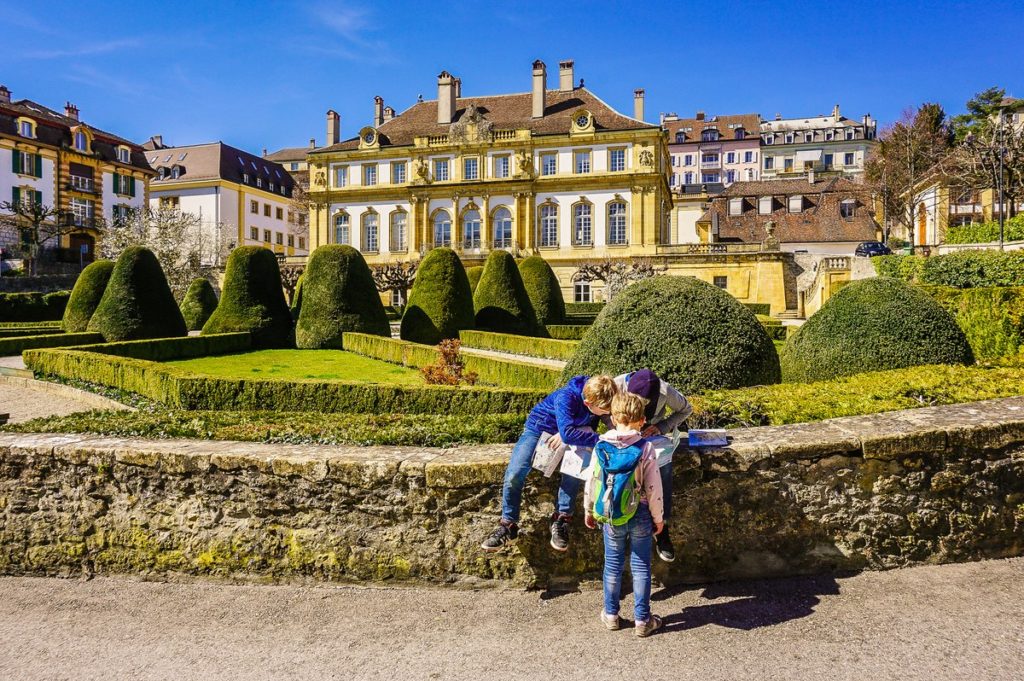

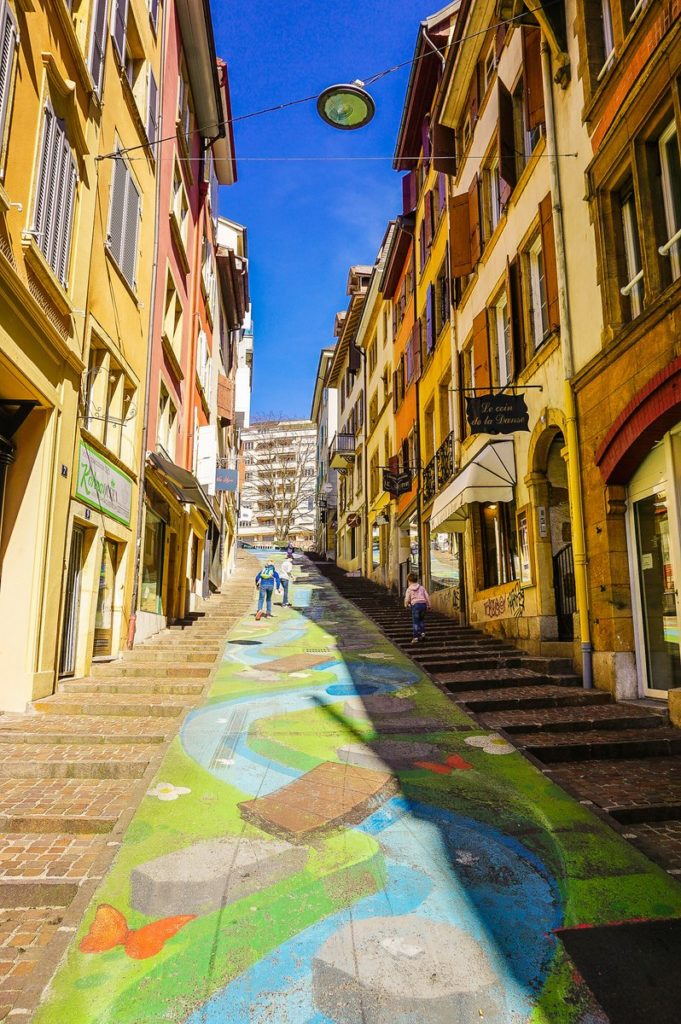
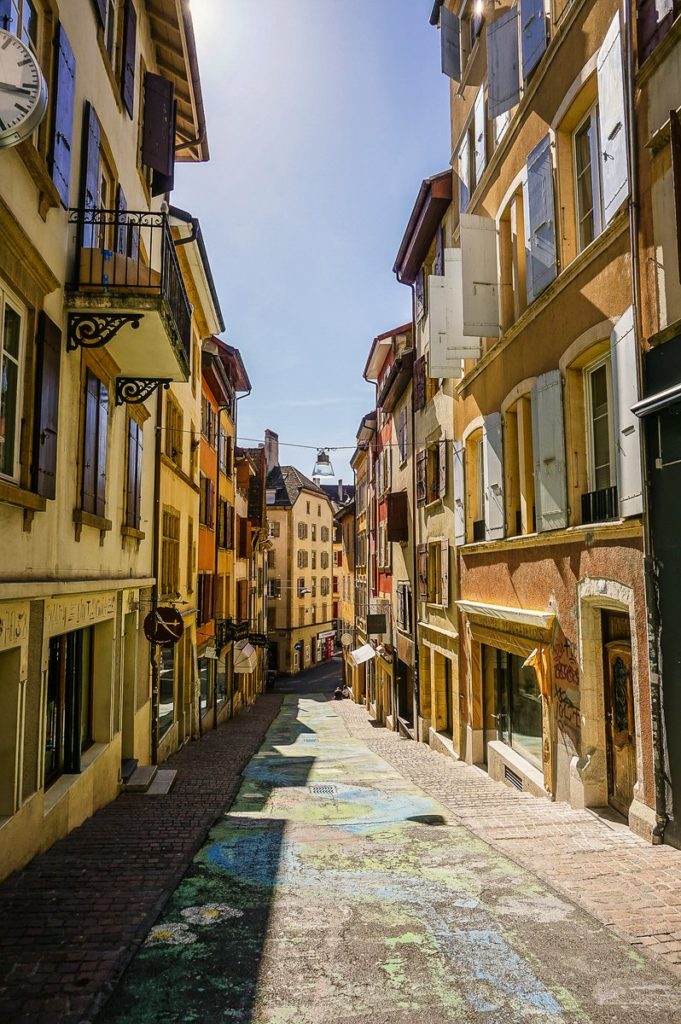
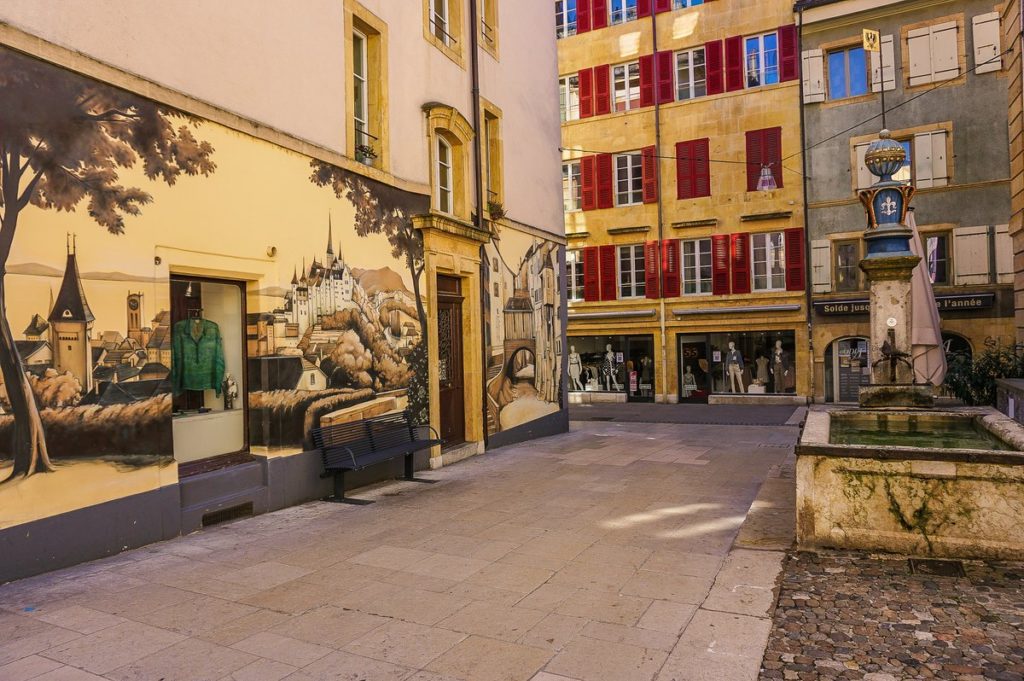
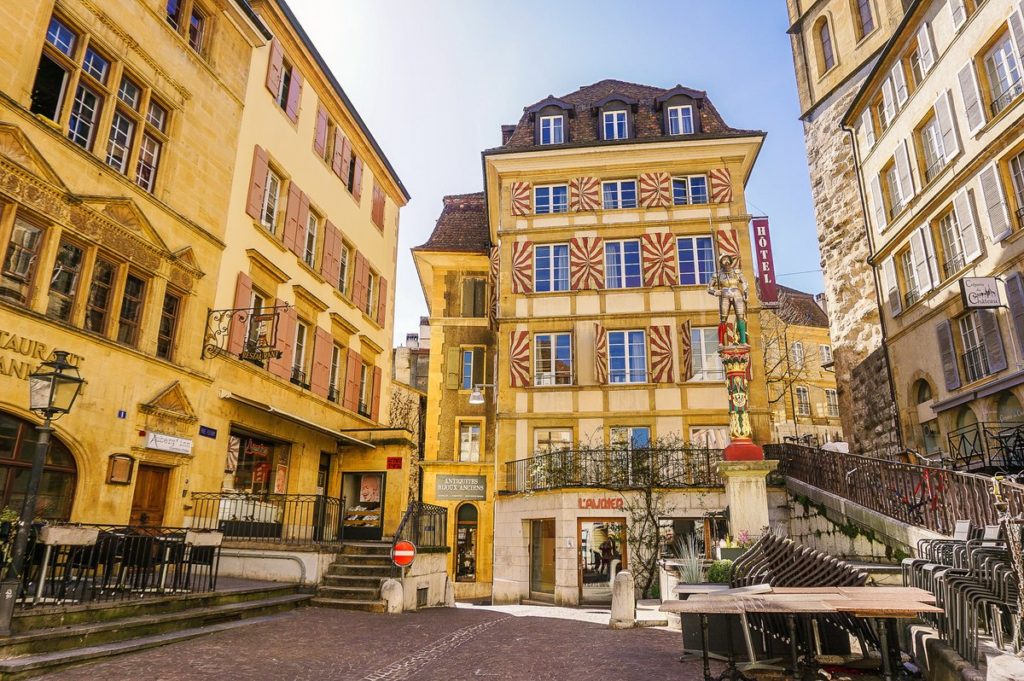

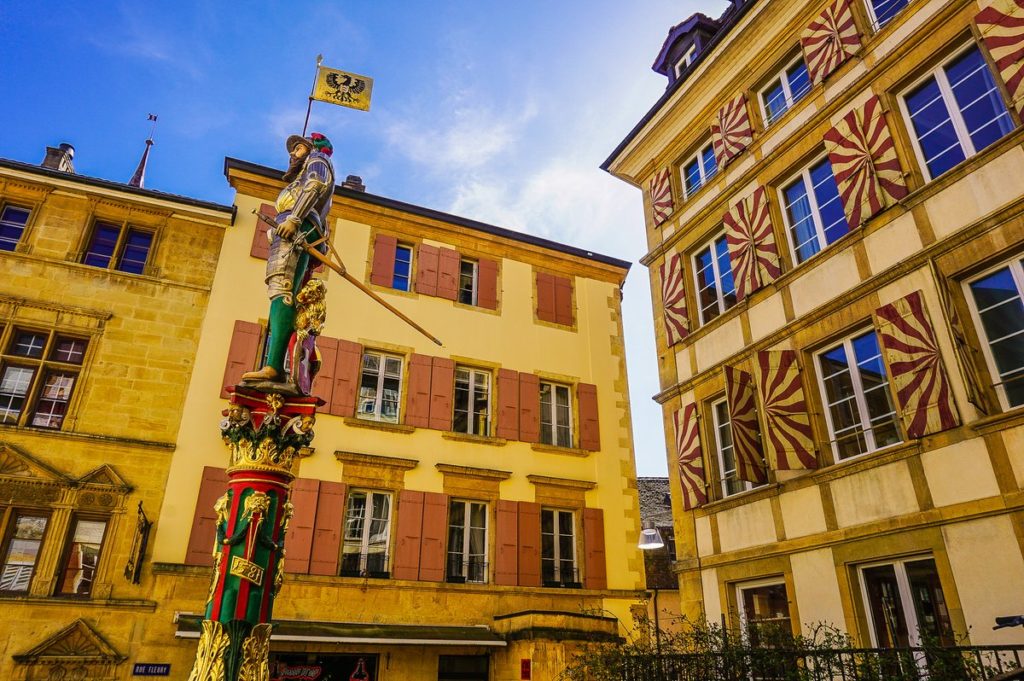
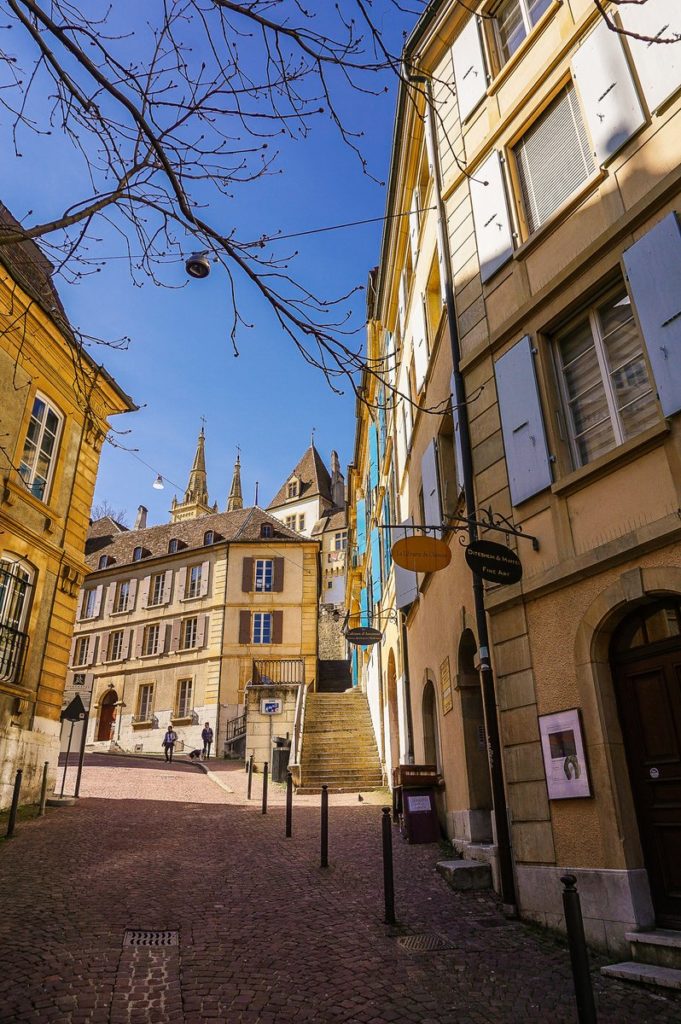
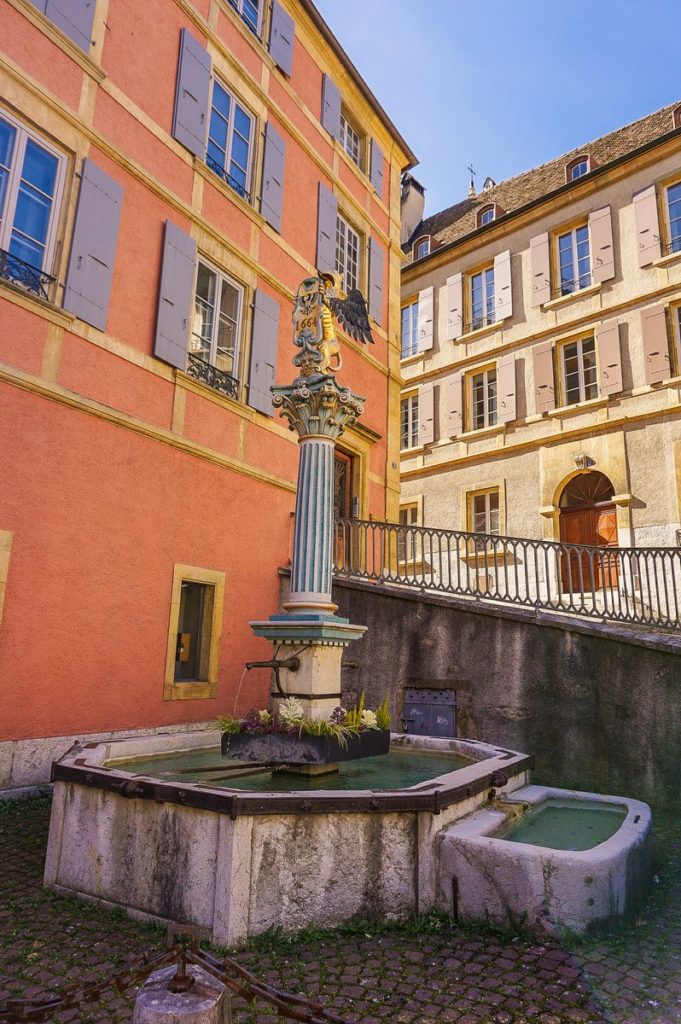
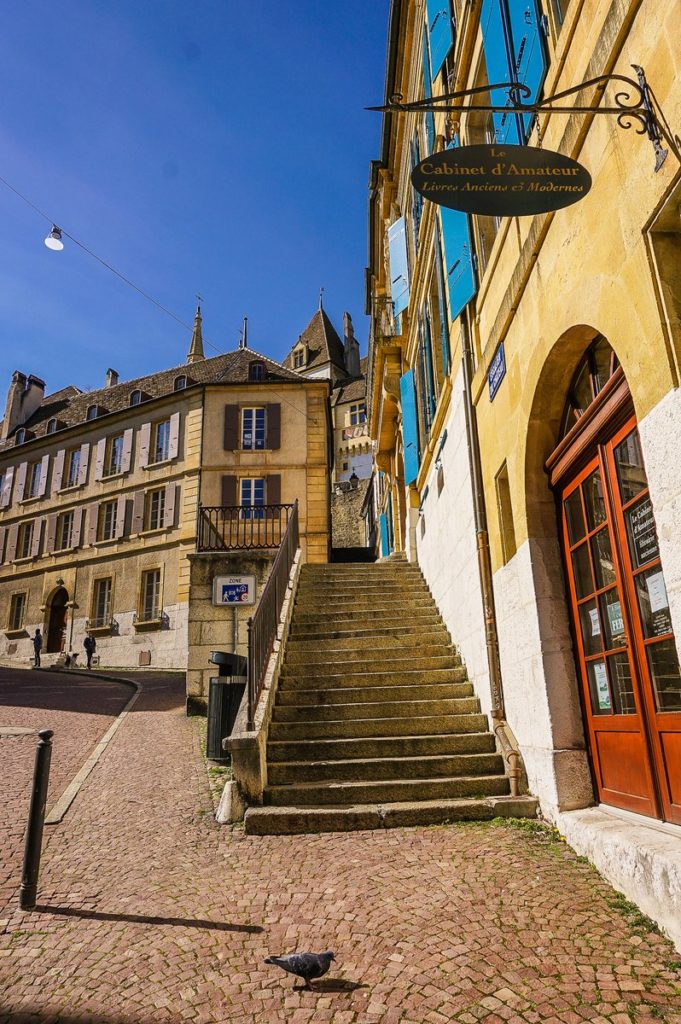
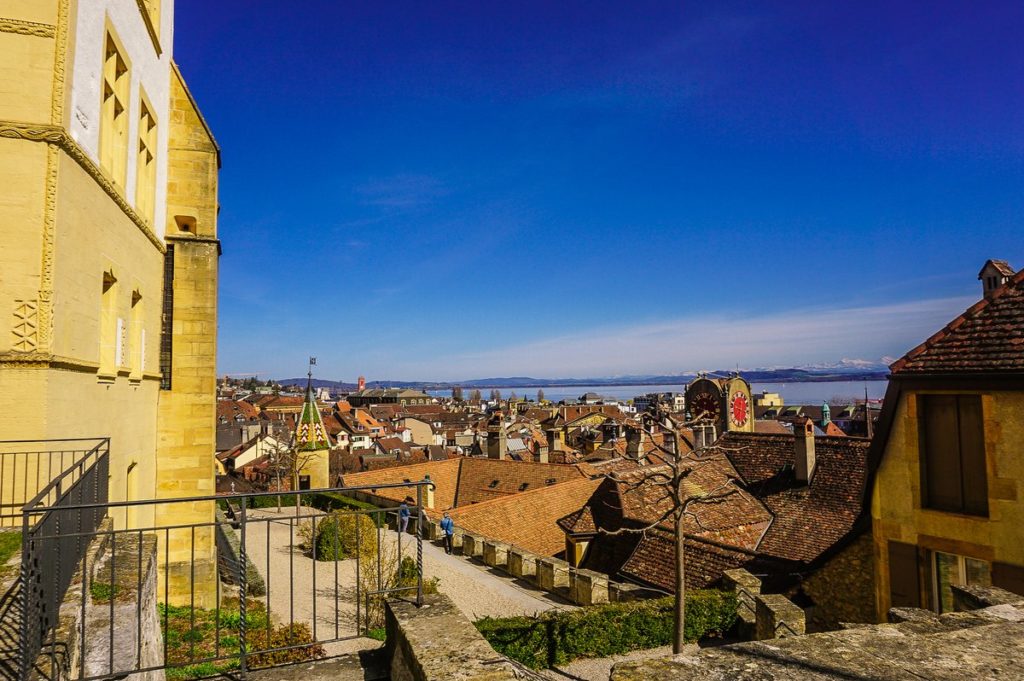
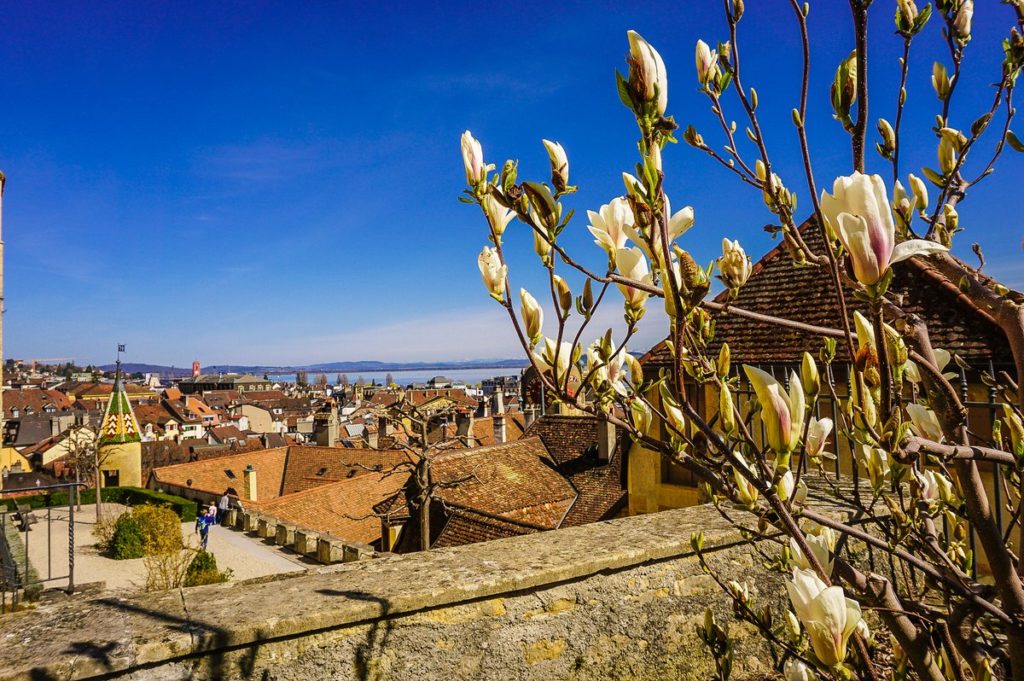
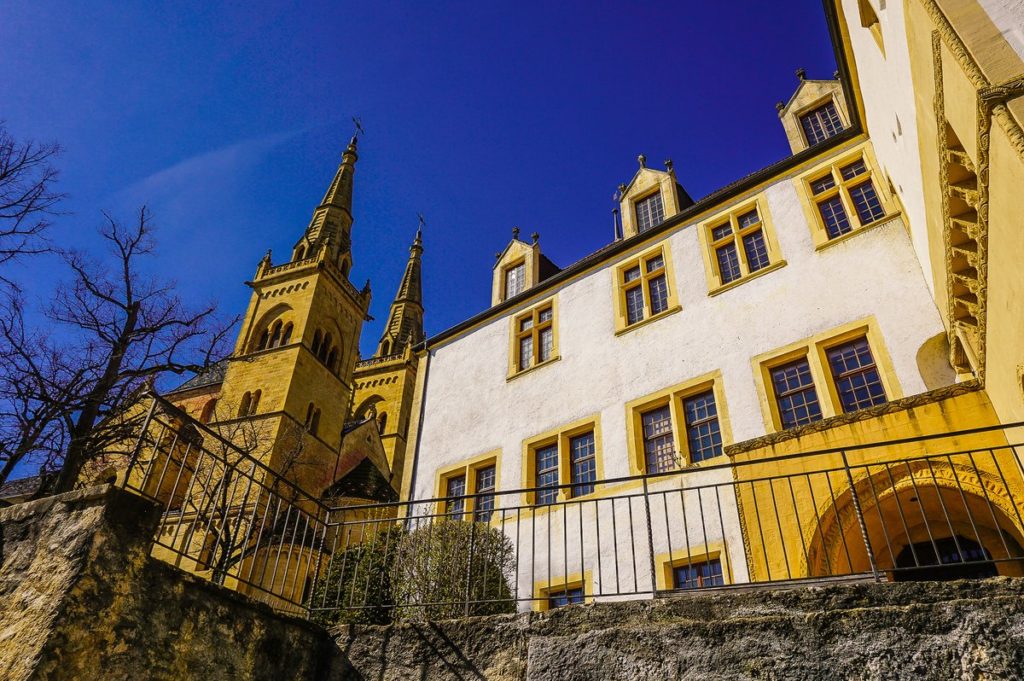
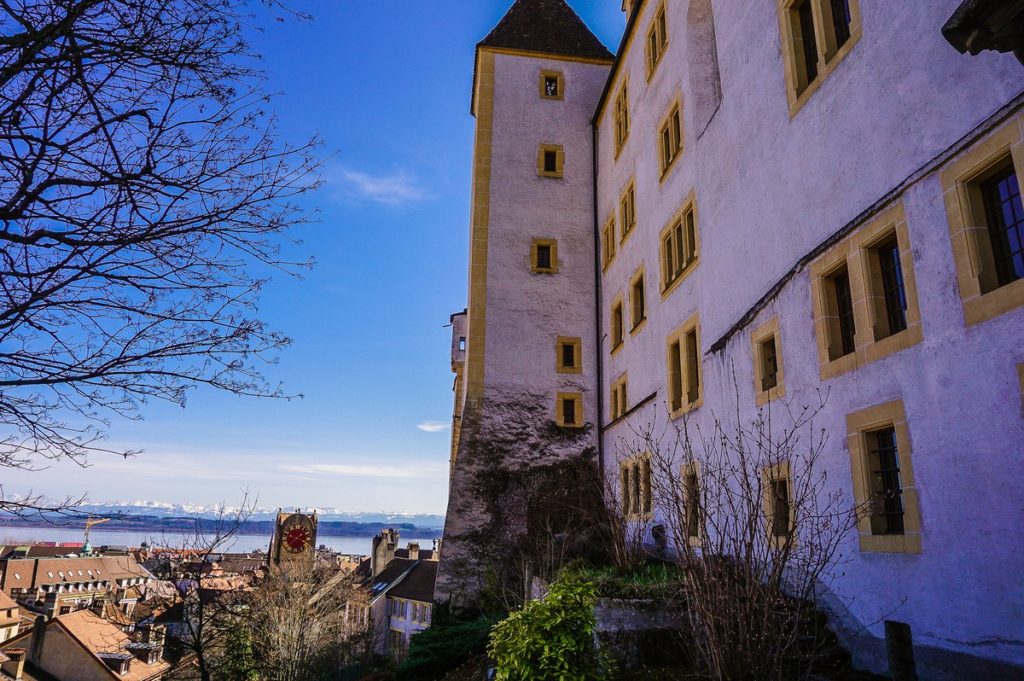
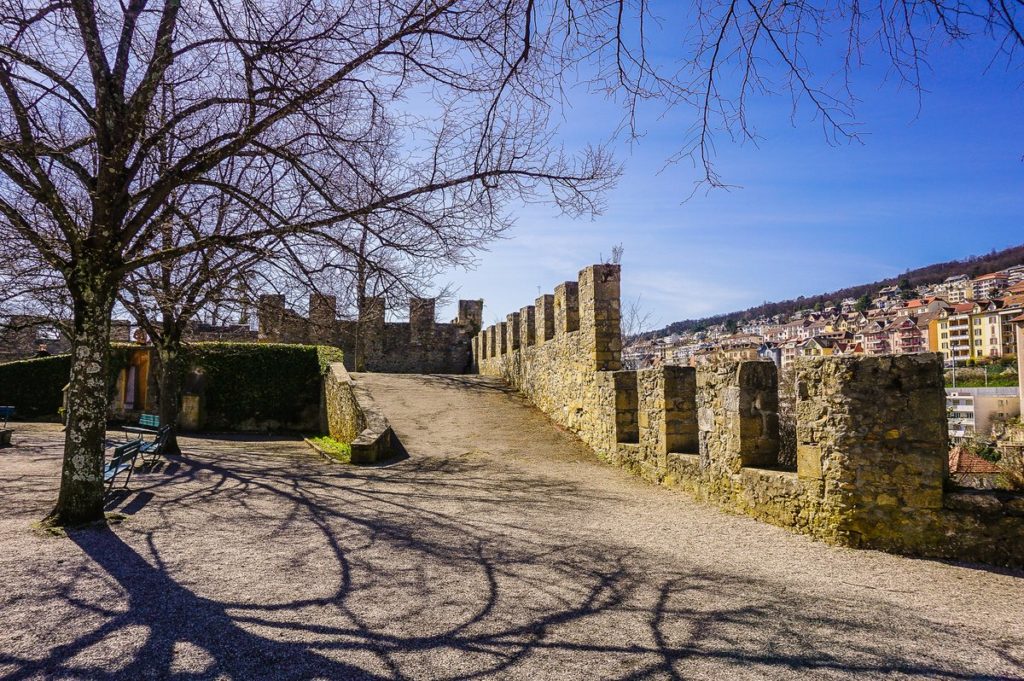
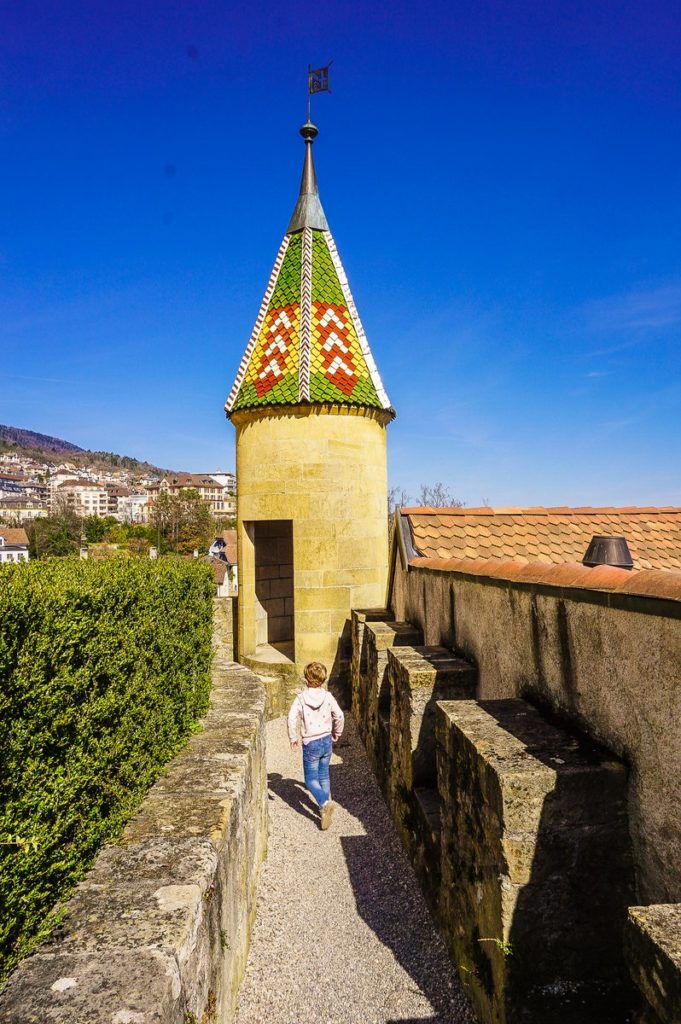
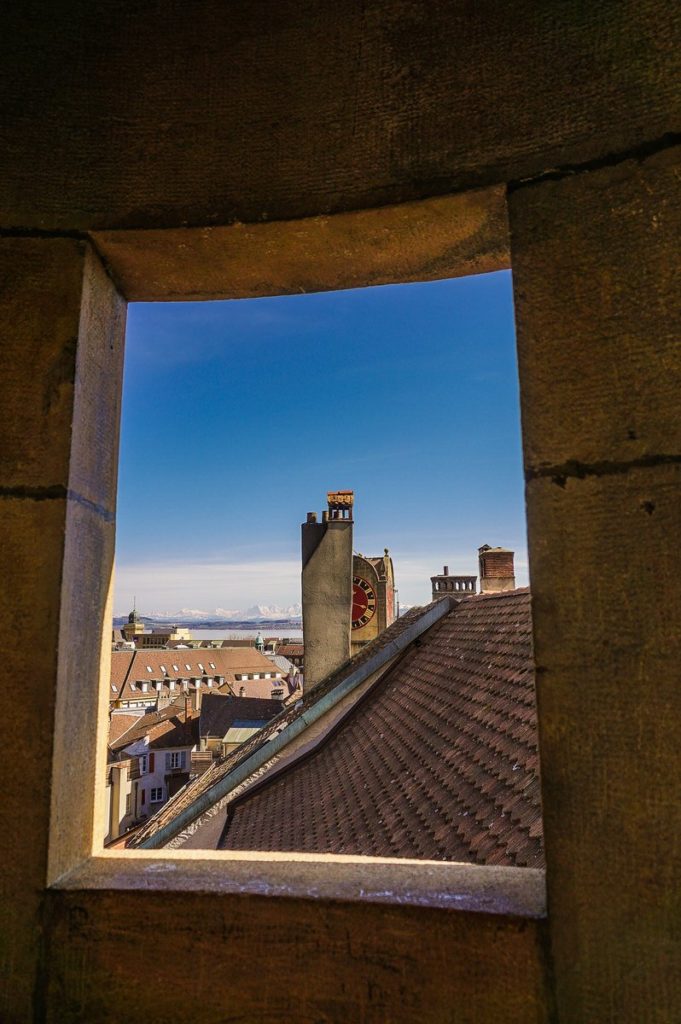
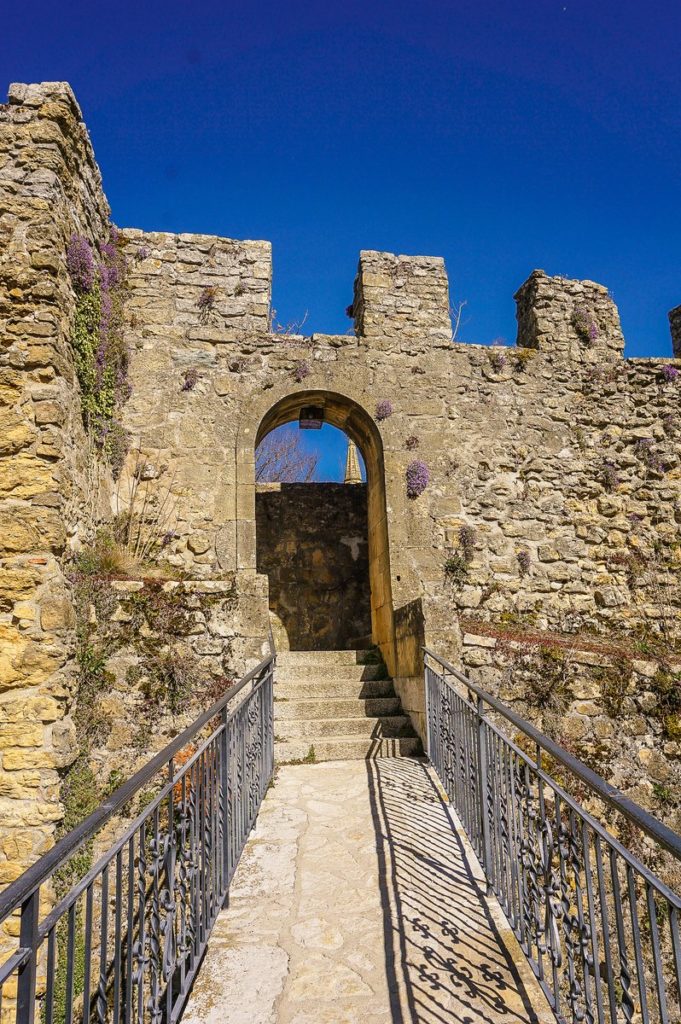
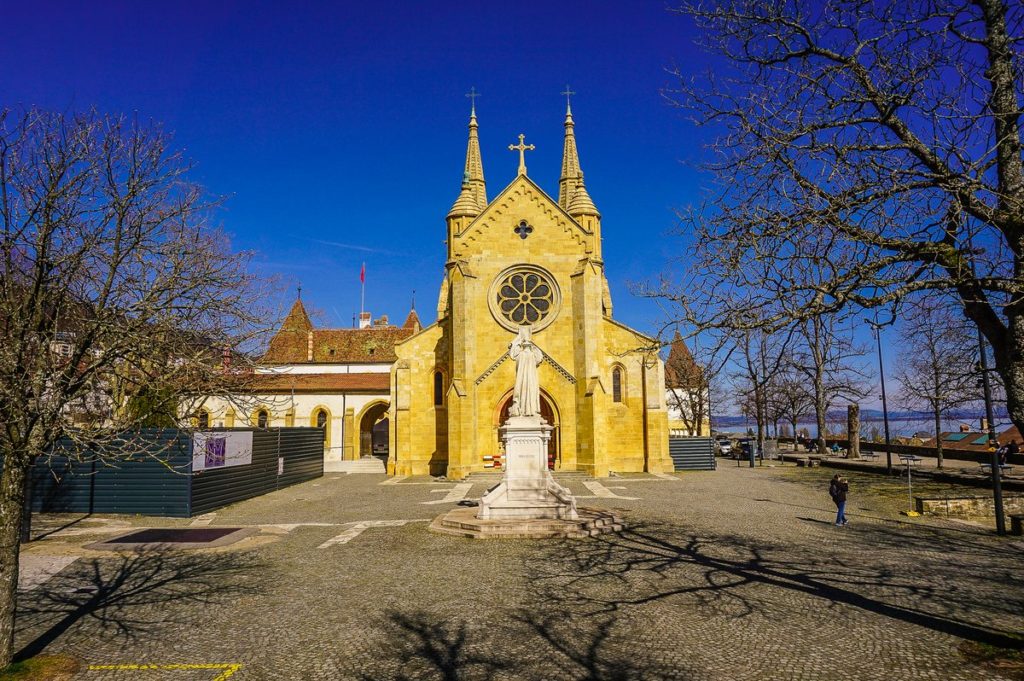
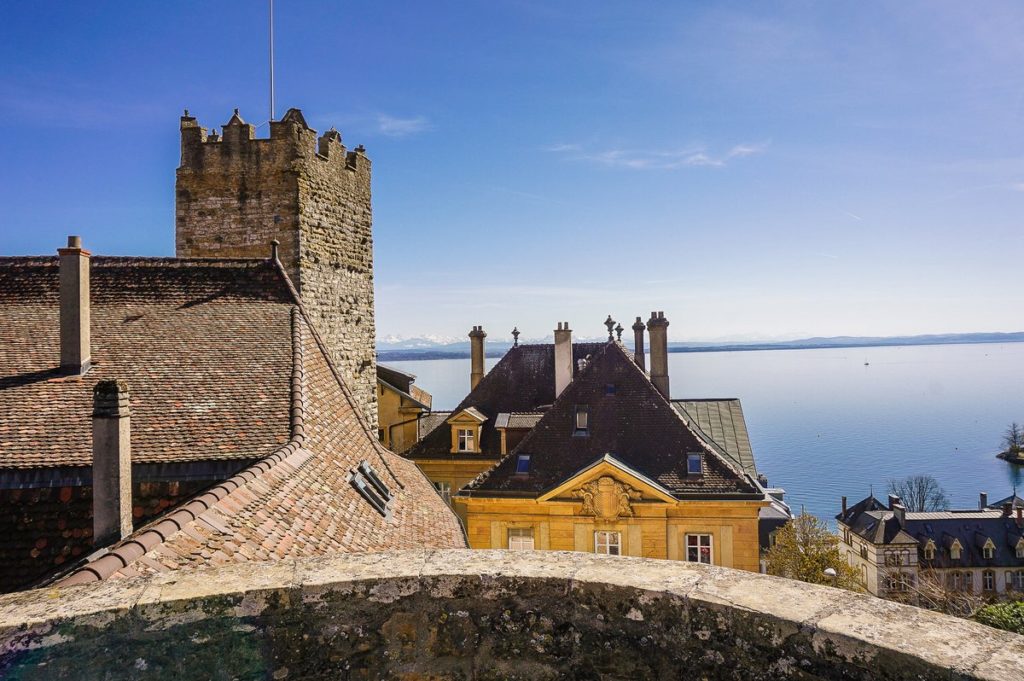
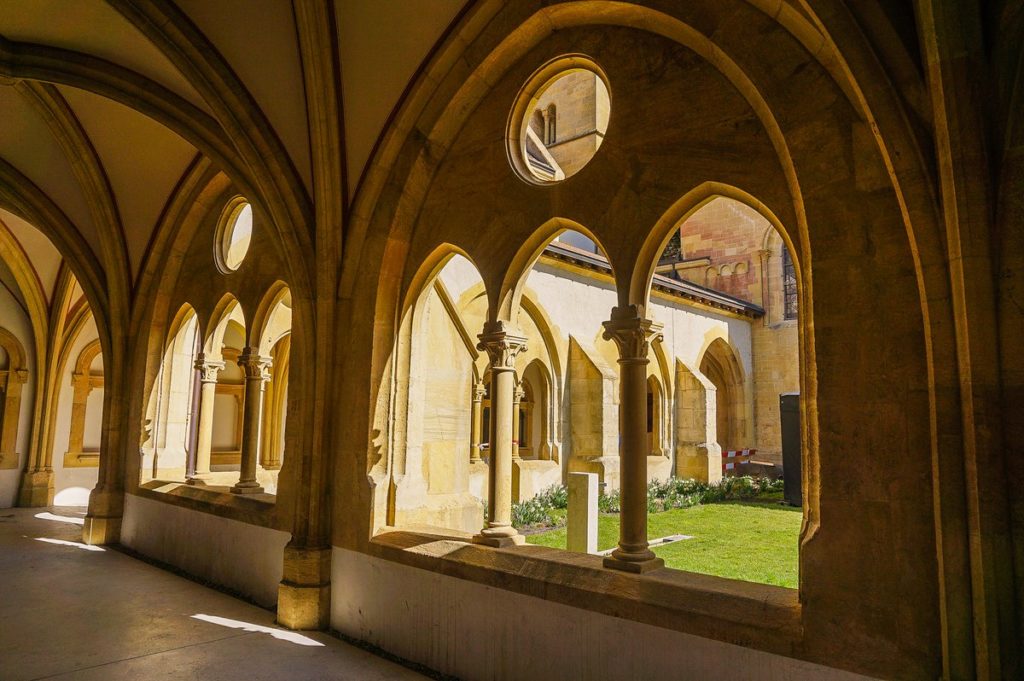
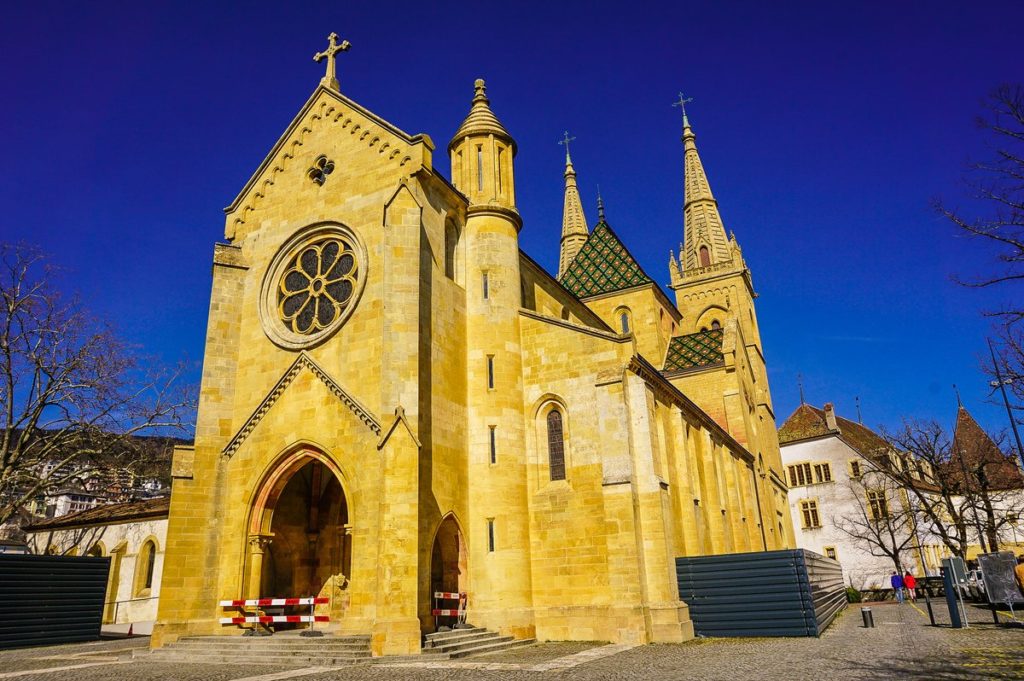
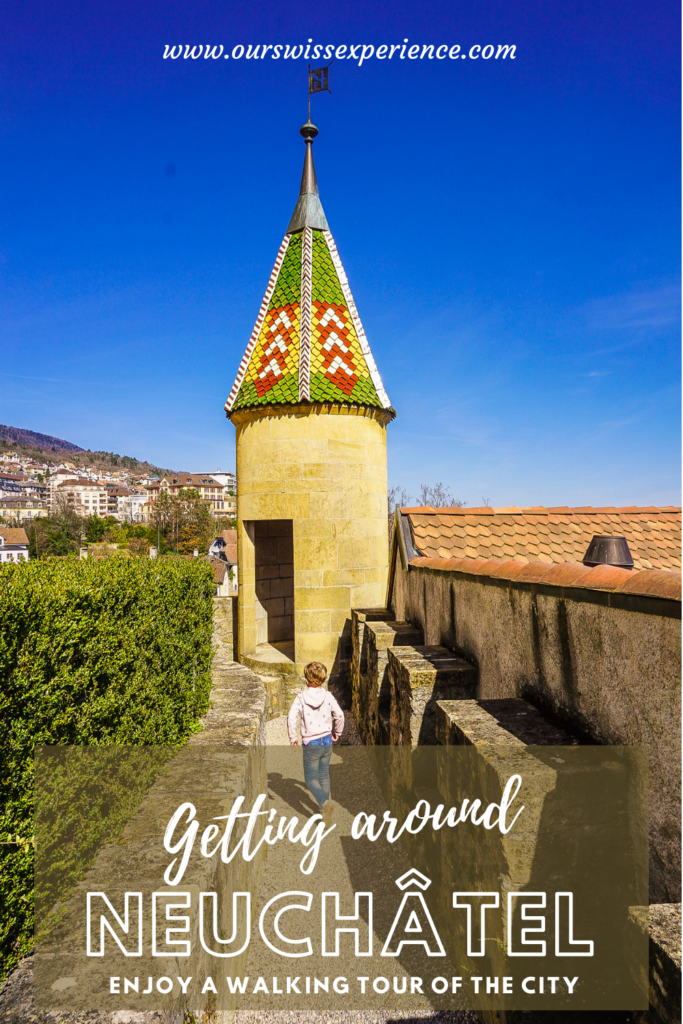
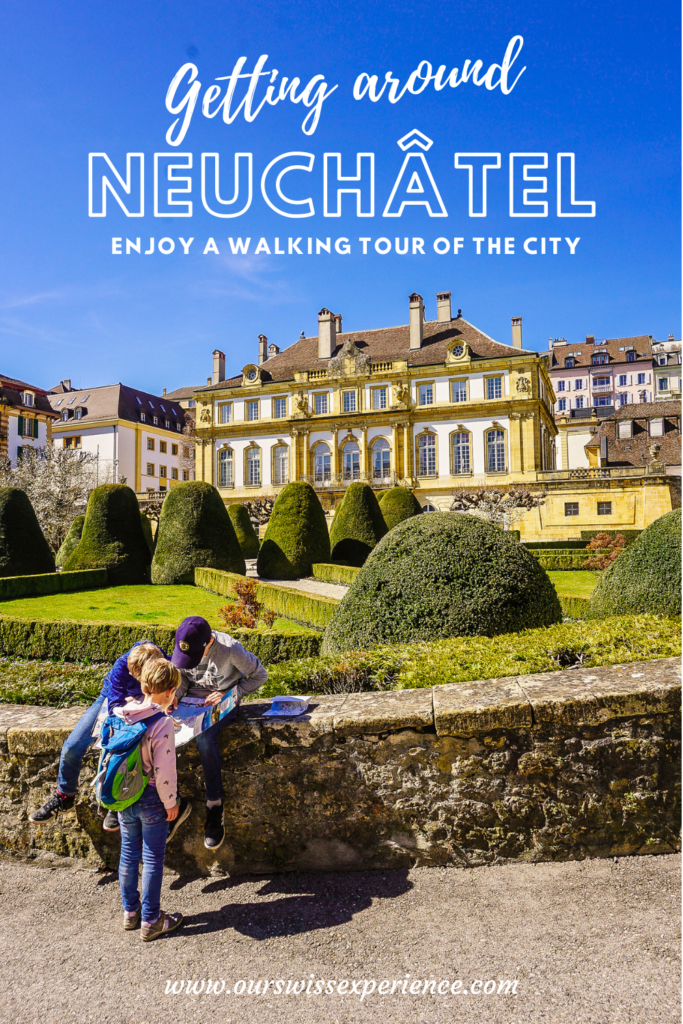
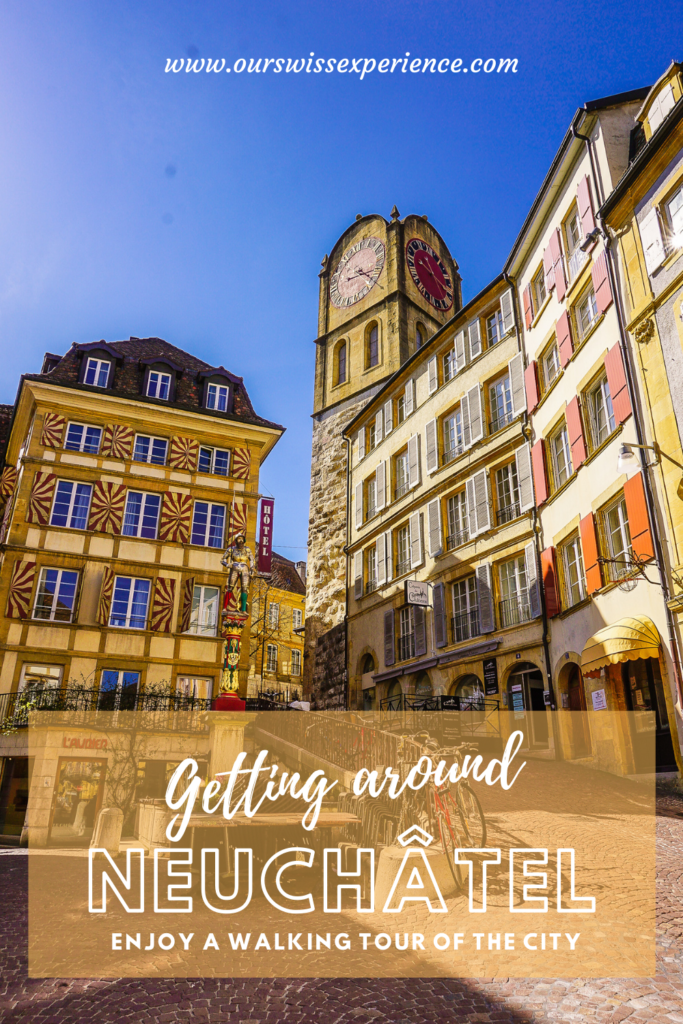
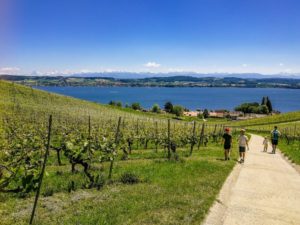
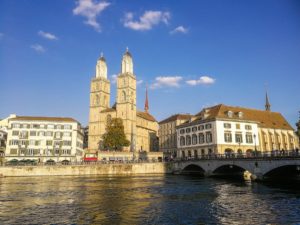

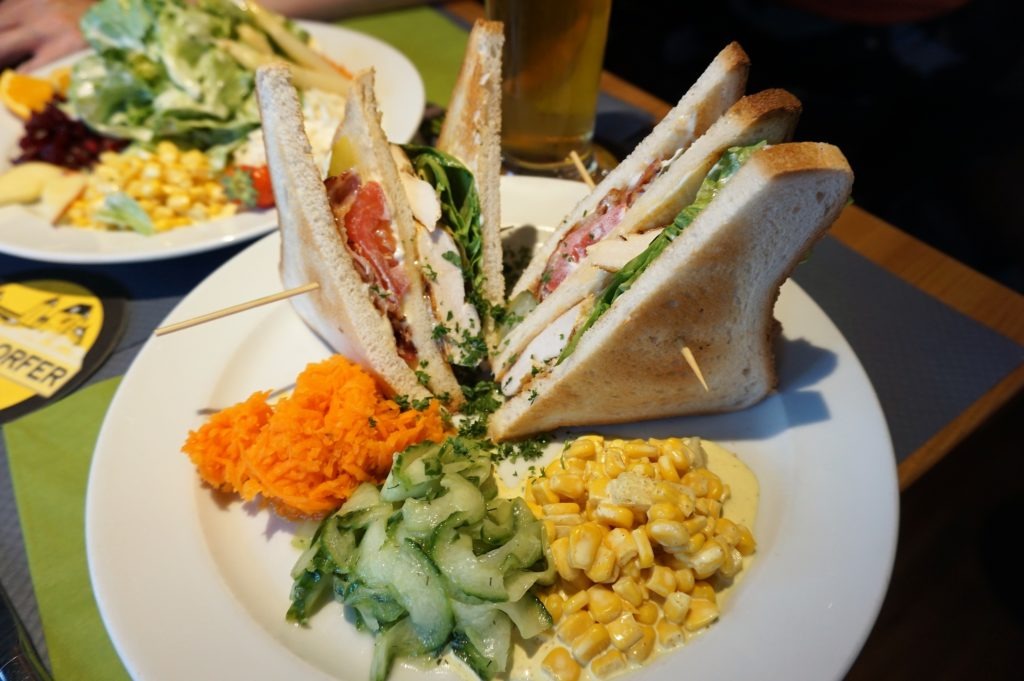
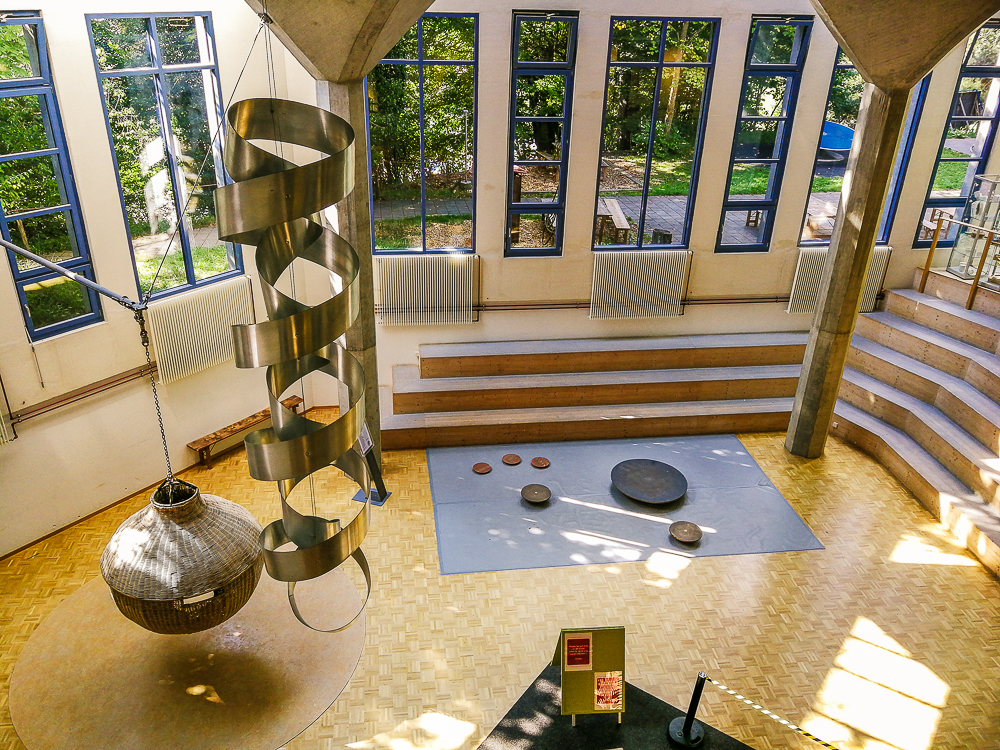
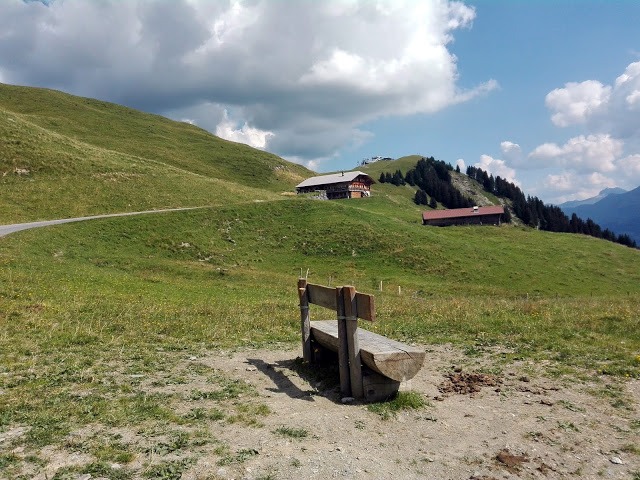

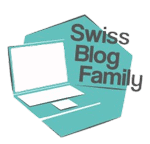


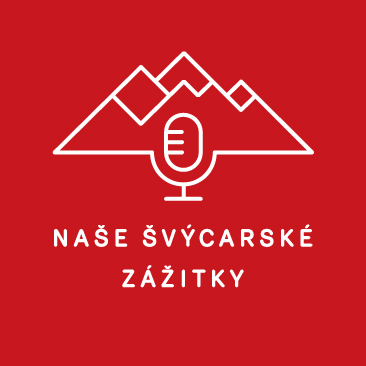
4 Comments. Leave new
Thanks for the article & lovely photo’s. When planning our trip to Switzerland (which we had to cancel thanks to a certain virus😢) we could not decide whether Neufchatel would be a good city to base ourselves of not, I would love to hear your opinion on this dilemma.
Enjoy your articles, keep up the good work.
Hi Tony, I´ve sent you an email regarding your question 🙂